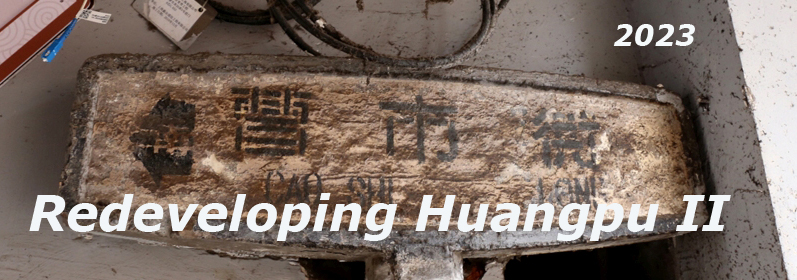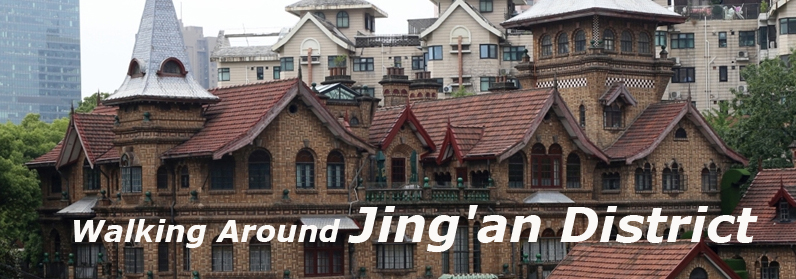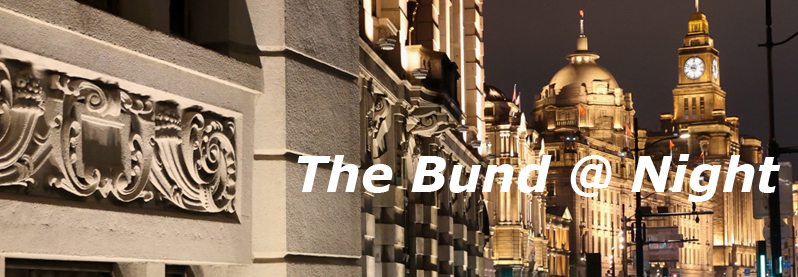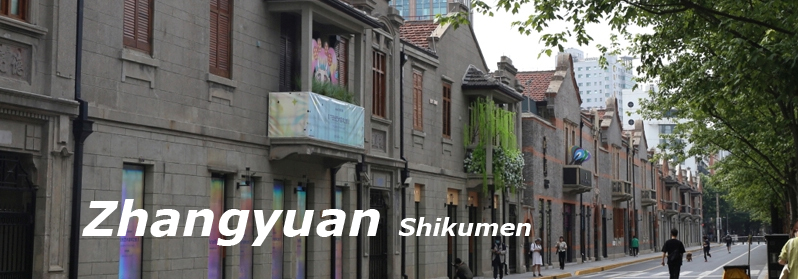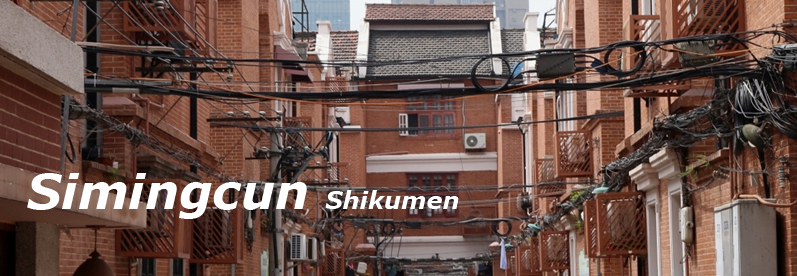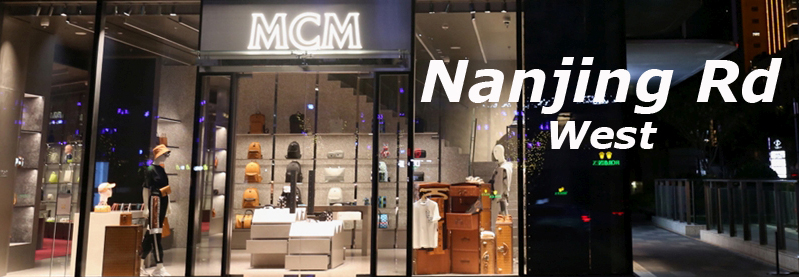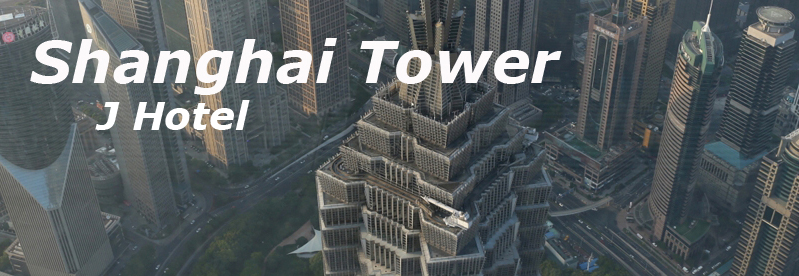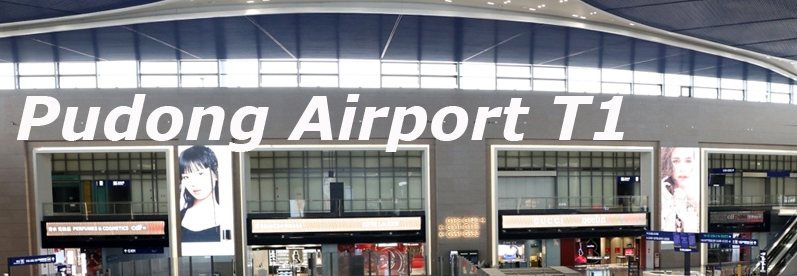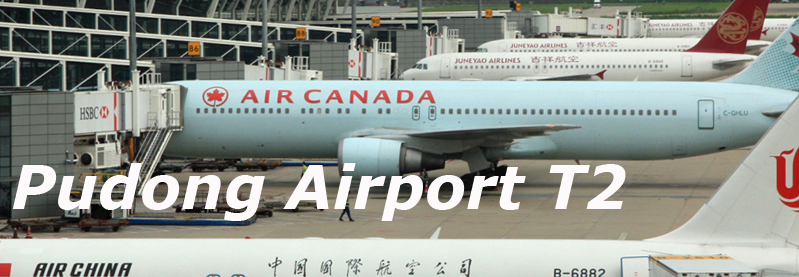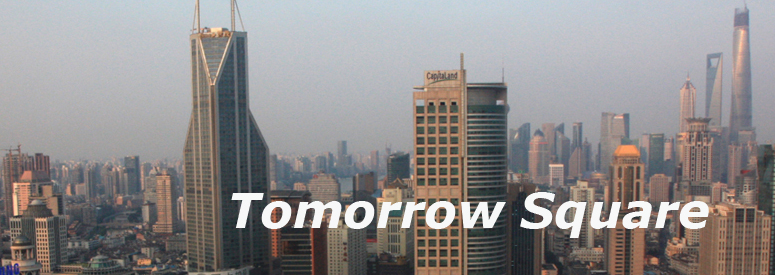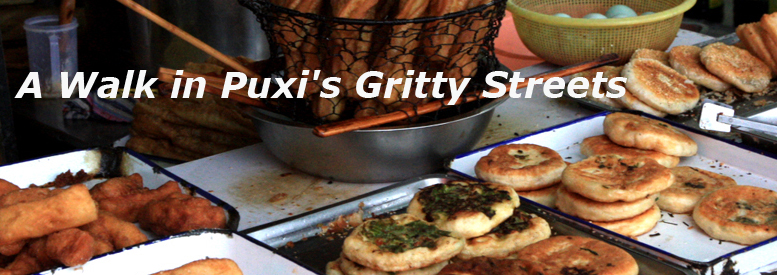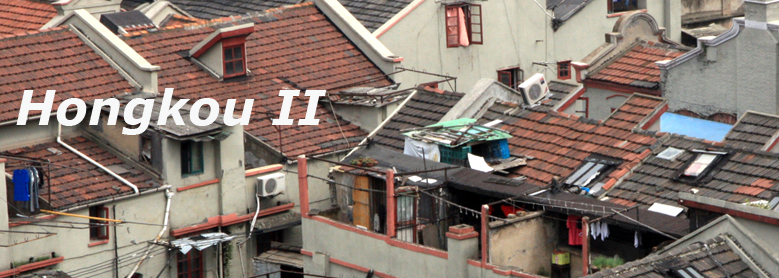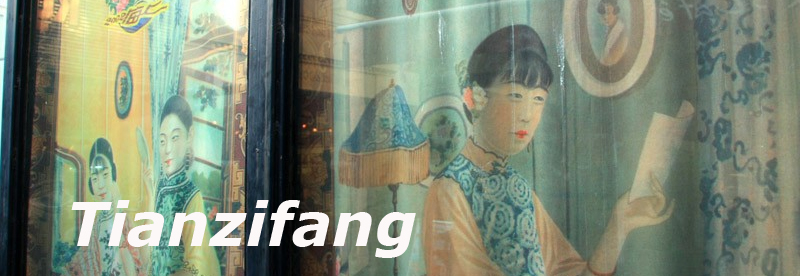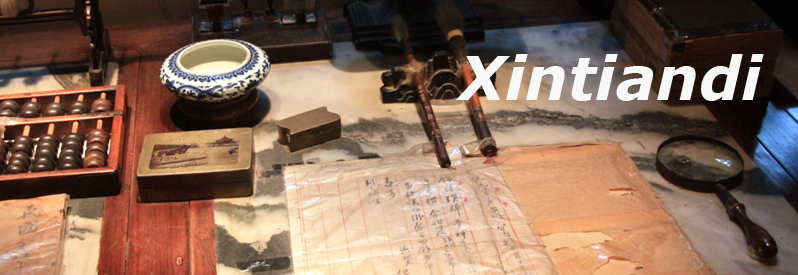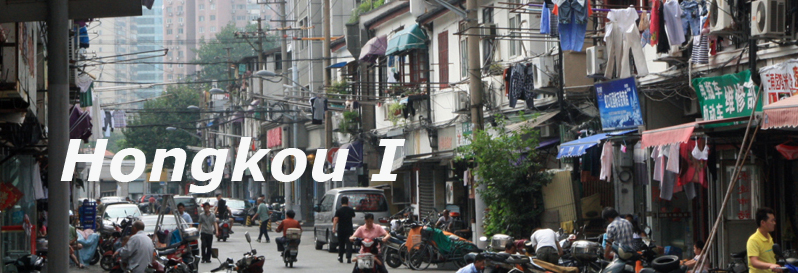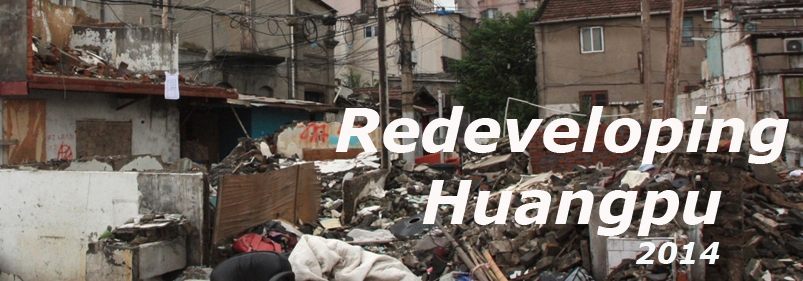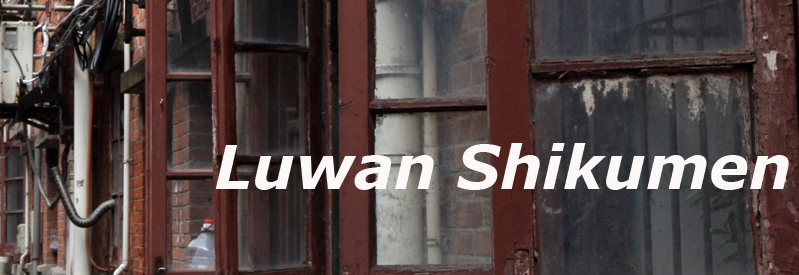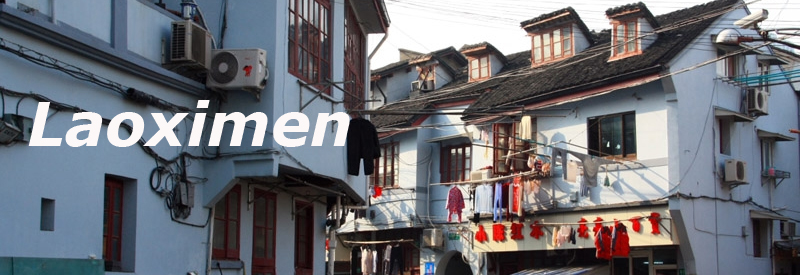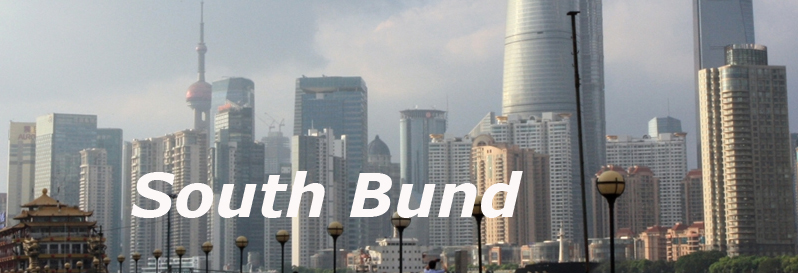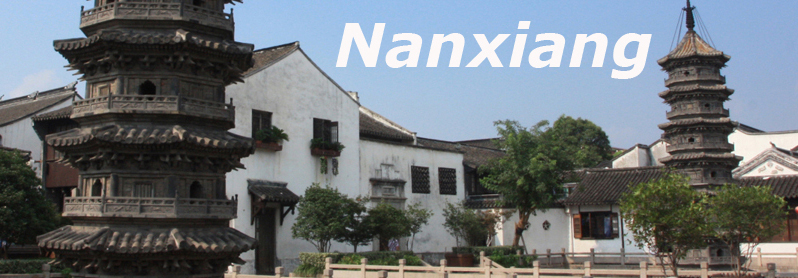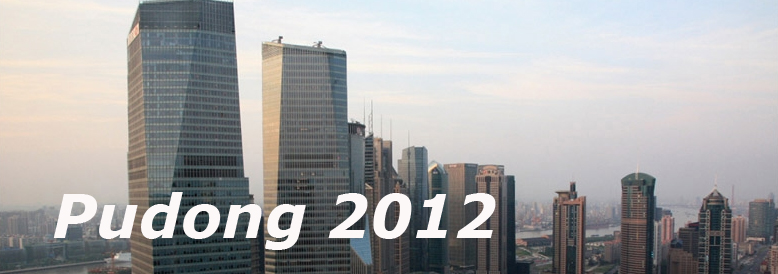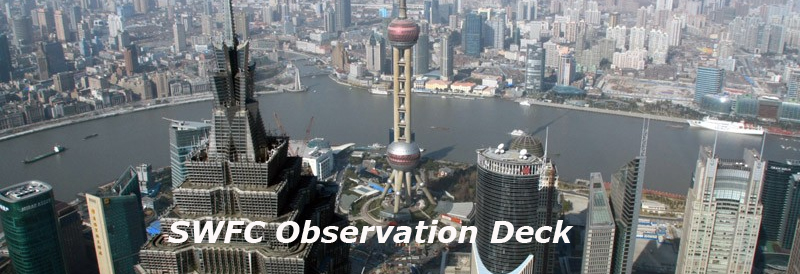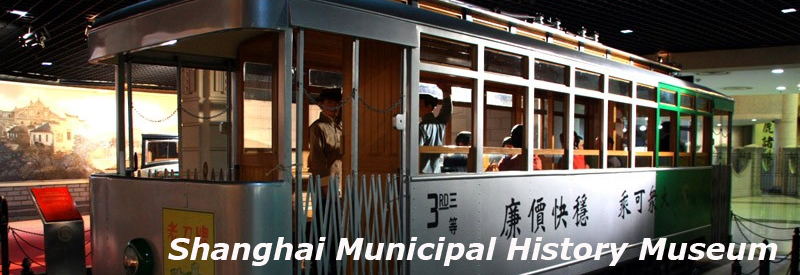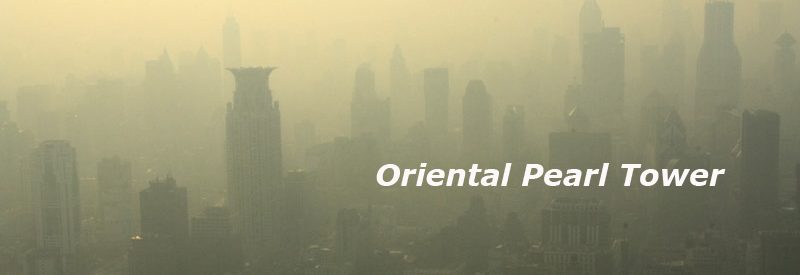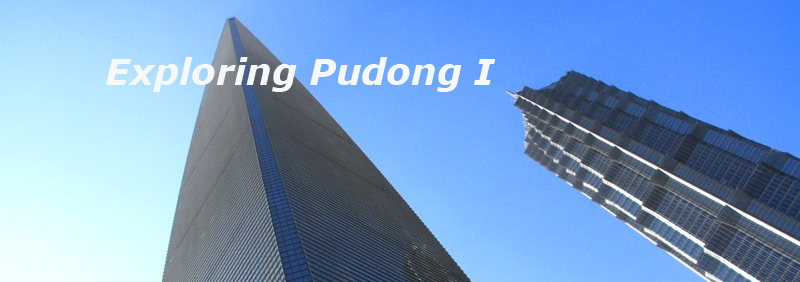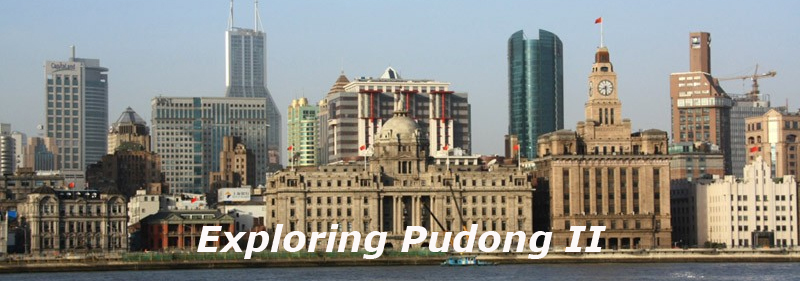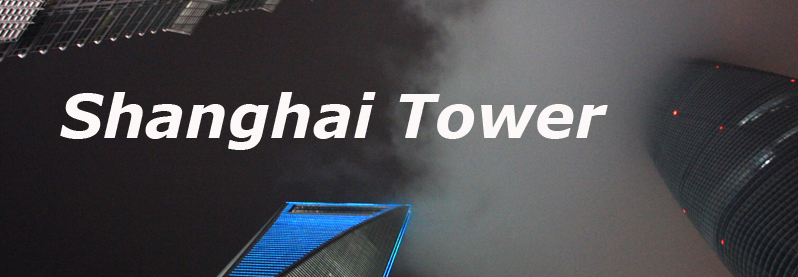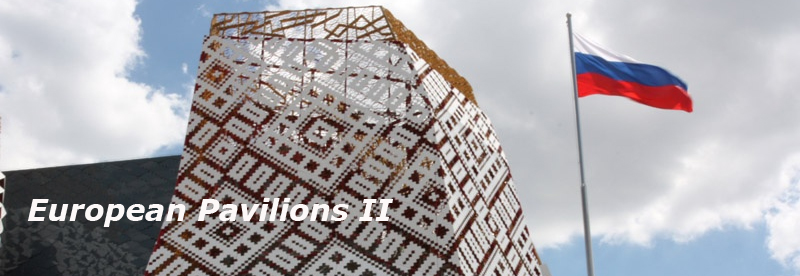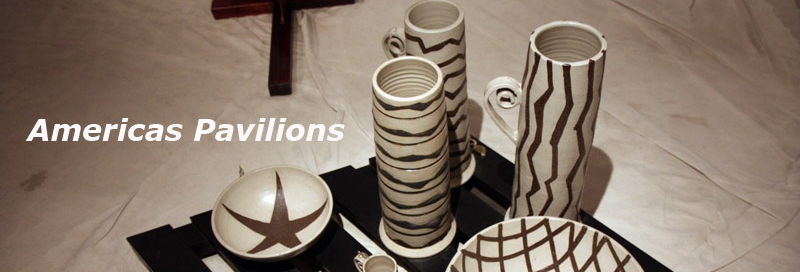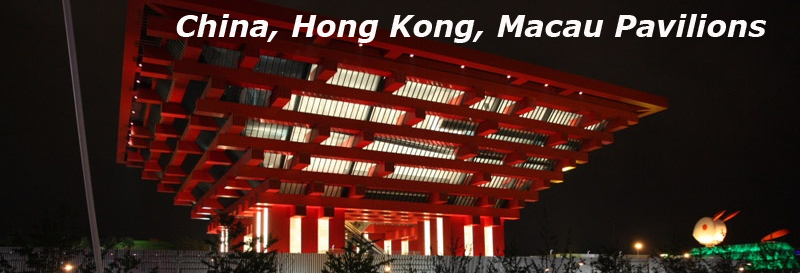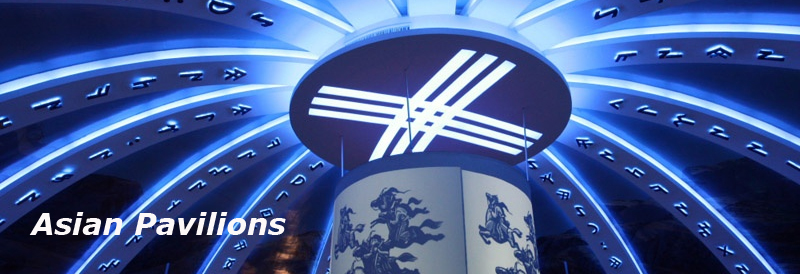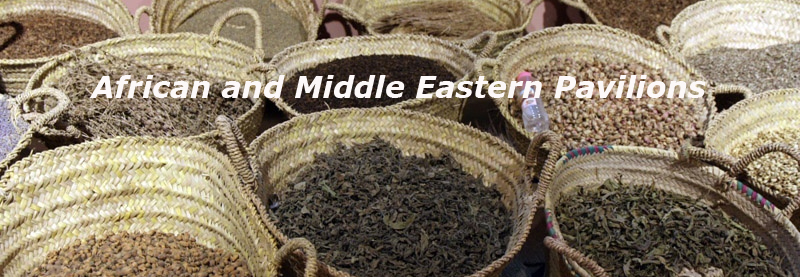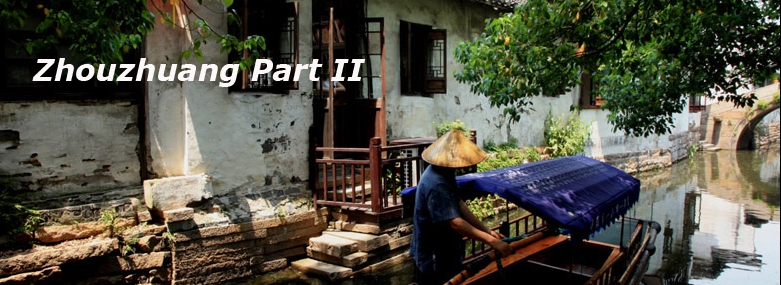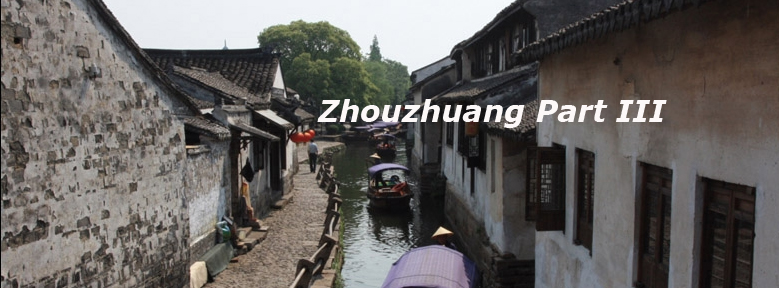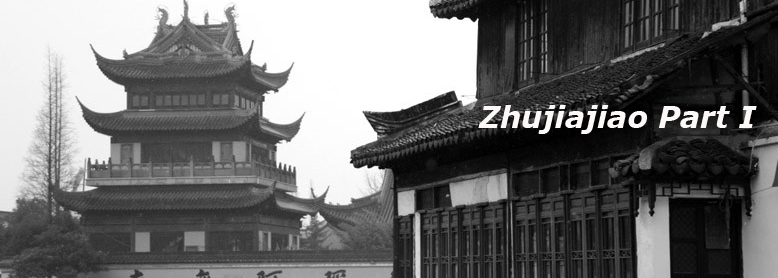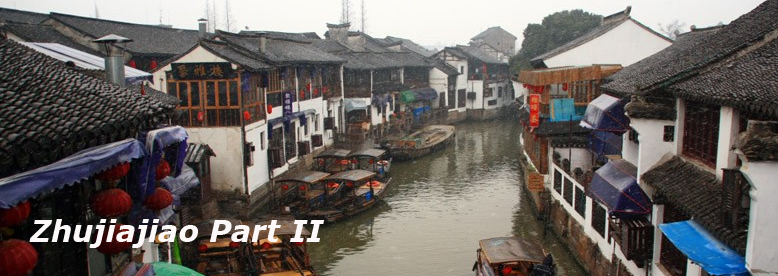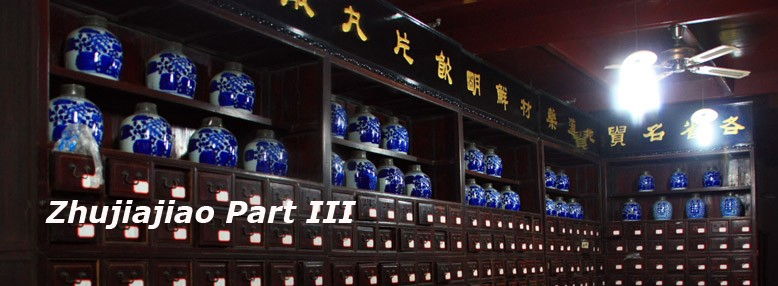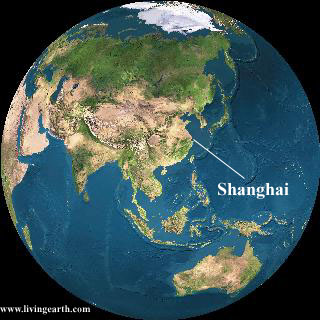 Satellite imagery from Living Earth |
Shanghai Photo Gallery
Shanghai is China's largest city and financial centre. It has a colourful history, with significant cultural influences from Europe, marked by a district of buildings along the waterfront. Economic reforms have transformed Shanghai into a modern metropolis, which hosted the 1999 Fortune Global Forum, 2001 APEC meeting, and the 2010 World Expo.Amidst the historical and modern architecture are vibrant neighbourhoods and lots of change. There is a lot of redevelopment pressure in the city centre where lowrise neighbourhoods are being transformed into modern skyscrapers and malls.
| ||
| |||
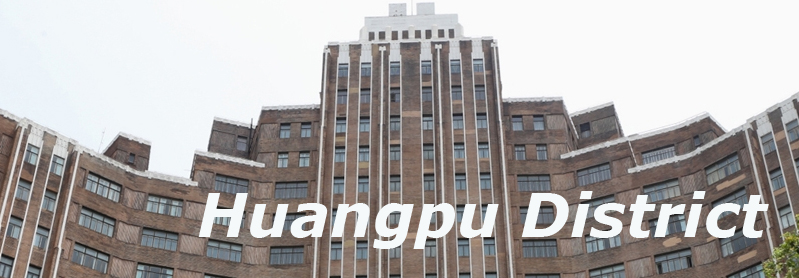
|
|||
| |||
Puxi means west of the Huangpu River and is home to Shanghai's most historic areas, notably the Bund, where Western architecture showcased the city's cosmopolitan nature in the early 20th century. | |||
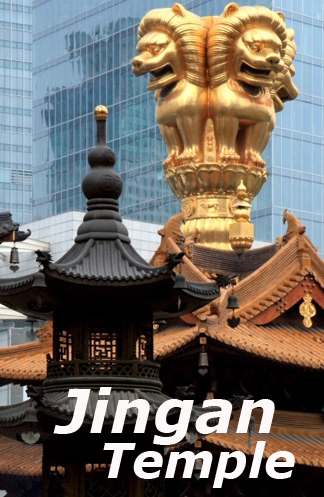
|
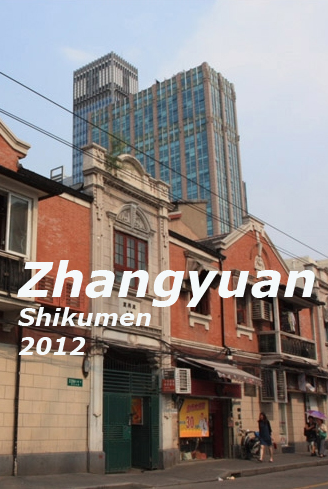
|
||
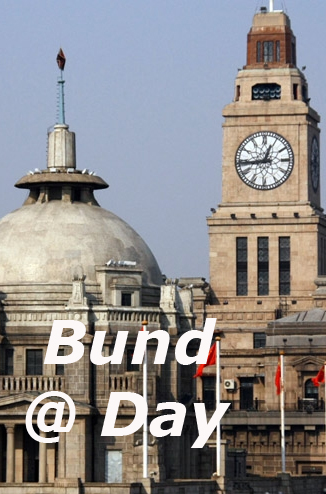
|
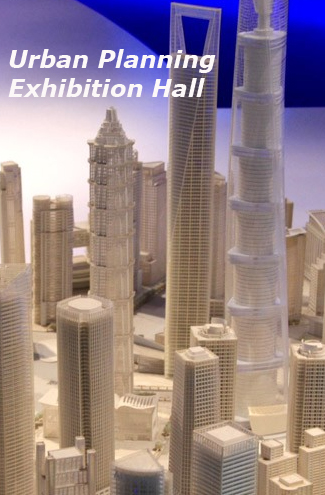
|
||
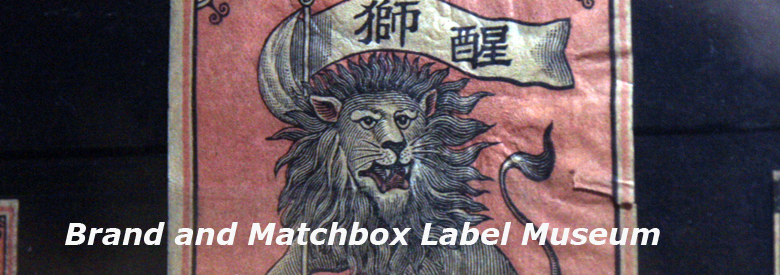
|
|||
| |||
Pudong was chosen as the site of Shanghai's new downtown in 1993, and the section directly across from the Bund has been turned into a maze of skyscrapers. | |||
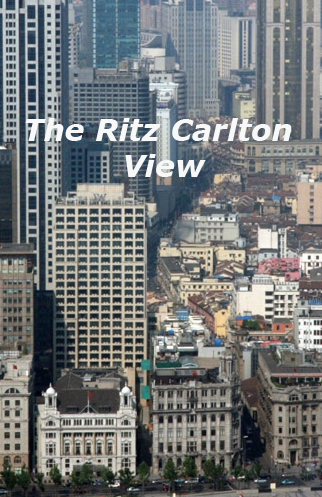
|
|||
|
|||
The World Expo came to China for the first time in 2010, running from May to October. With an urbanization theme "Better City, Better Life", more than 190 countries participated and the event attracted over 70 million visitors. It was very popular among locals, who may have not had the opportunity to visit many of the countries yet, although some came to collect stamps from each pavilion as a souvenir. | |||
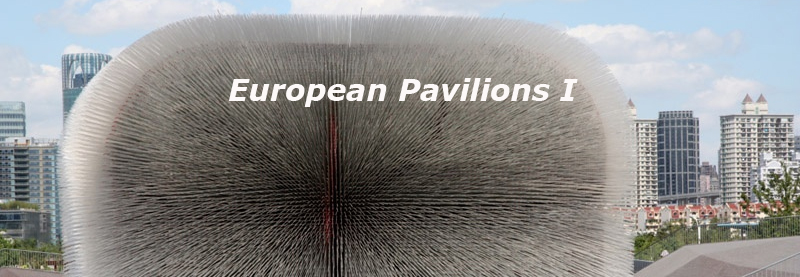
|
|||
| |||
There are several historic water towns within daytrip distance worth a visit. Although quite commercialized nowadays, they still attract incredible crowds even on weekends. Zhouzhuang is the most popular, and my visit was not particularly pleasant, while Zhujiajiao was quiet enough on a snowy grey day to slowly explore and enjoy the atmosphere. | |||
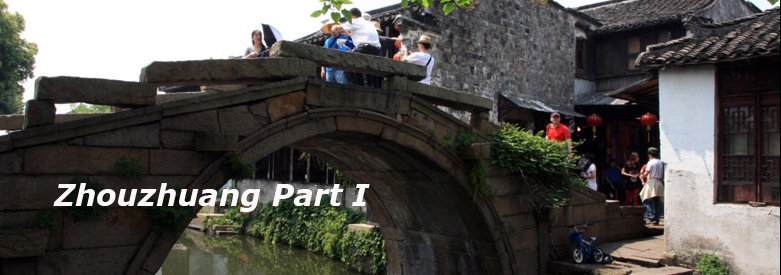
|
|||
|
To re-use these photos, please notify me by email : asiaglobe@yahoo.com.hk.
| |||

